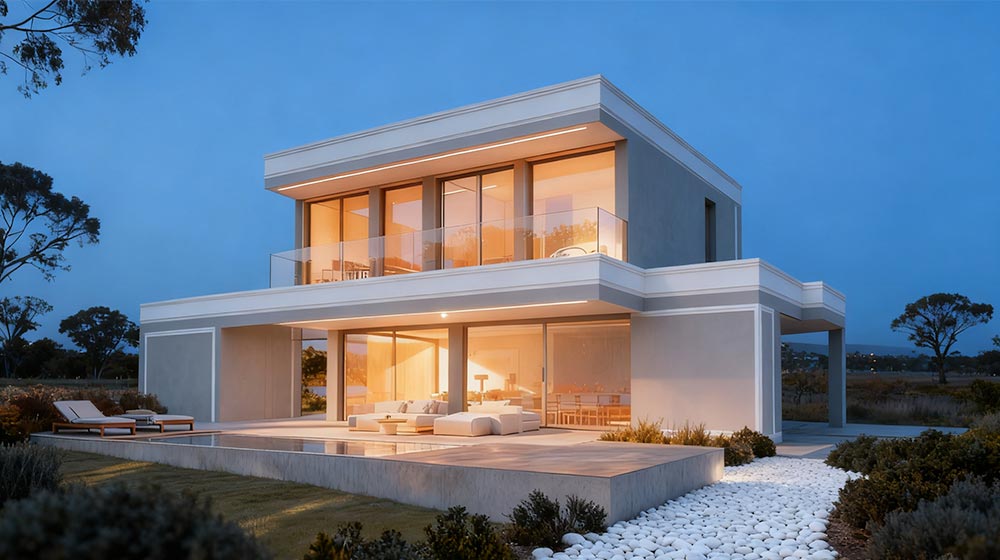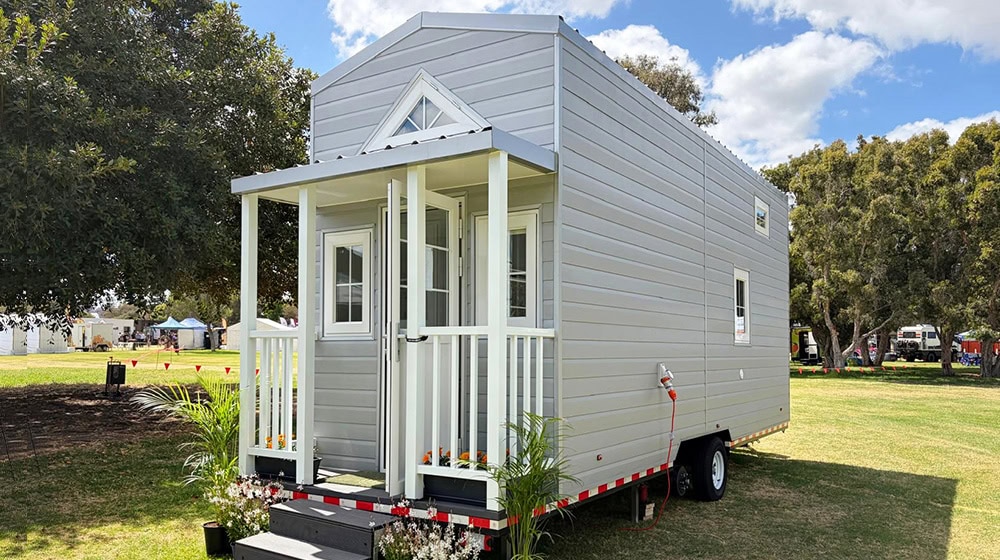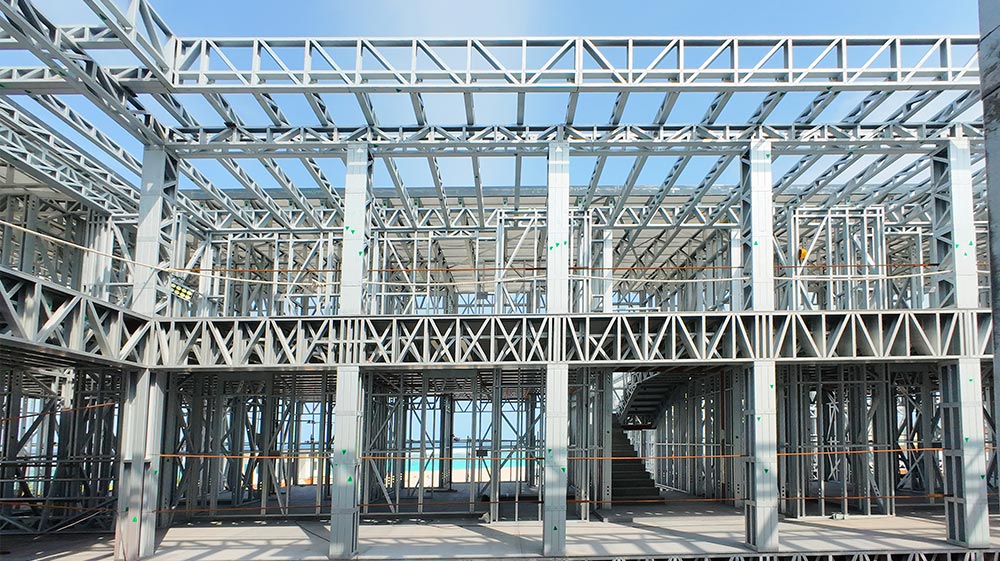While multi-family housing demand is rising, most construction productivity isn’t keeping pace. Learn how cold-formed steel framing can speed construction.
The demand for multi-family housing is growing. A study commissioned by the National Multi-Family Housing Council and National Apartment Association found that population growth and a preference for multi-family rental units will require 4.6 million new apartments by 2030. Fewer renters are interested in swapping out their apartments for homeownership, and more seniors are choosing to rent.
Another growing segment of the multi-family housing demand is student housing. While historically a small portion of the multi-family sector (6.6 percent of total multi-family transaction volumes in 2016), student housing hit record levels in 2016, producing $9.2 billion in transaction volumes. Experts predict that university enrollment figures will continue to rise, which means more student housing will be needed in the coming years.
While most construction productivity isn’t keeping pace, the use of cold-formed steel framing (CFS) can help speed construction time and cut costs to help multi-family projects meet demand and produce quality residences.
Timely Construction
Cold-formed steel framing and the ability to prefabricate panels offer multiple benefits. Multi-family developers know that the sooner a project is completed and occupied, the sooner they can begin to generate a return on their investment. CFS helps fast track construction projects, which can help building owners begin collecting revenue sooner. For example, Tribeca village , a 53 units townhouse in QLD,Australia, was completed in nine months less time by using CFS framing compared to the schedule for a concrete structural frame.
In addition, inclement weather won’t dampen the project schedule, as CFS structural components can be manufactured offsite in dry conditions to reduce construction delays. Once on site, CFS’ durability helps prevent cracking, warping and mildew from exposure to the elements, and steel’s strength can remove the need for construction scaffolding. In addition, because CFS panels are lightweight and consistent (without imperfections like knots or warping), they’re quickly and easily installed — and ultimately, can help a project get completed in less time and with fewer workers.
All of these efficiencies save labor costs and time to help multi-family projects open faster to residents.
Tight Sites
Urban markets and campuses bring specific challenges for constructing apartments, senior housing, condominiums, and student housing. Tight sites wedged between existing buildings, neighborhoods, and active populations require careful planning.
In high-traffic areas, a construction schedule can be significantly impacted by material deliveries and having to store materials on site or on the street. Because CFS panels can be delivered to a job site and often installed on the same day, that kind of storage is not always required.
In addition, because CFS is lightweight, it’s an ideal material choice when builders want to add stories to existing structures. For example, the developers of Piatt Place in Pittsburgh added three stories of condominiums on top of what was originally a four-story department store. By building upward, developers can maximize the space in urban markets.
Design Flexibility
Open-loft floor plans and large windows are in vogue for condominium construction — especially in urban developments, where residents can enjoy sweeping city views. CFS framing’s strength helps support the loads needed for these popular spacious designs and reduces the load the foundation must carry to offer financial savings.
Architects are frequently inspired by the building’s surroundings, site limitations, or desired project amenities to create unusual design forms. Unique geometry can add to a multi-family buildings appeal, but it can also place a burden on contractors to find cost-efficient solutions to complete the project. CFS can be designed and accurately detailed to support non-liner forms and achieve the design goal.
No Compromise
In addition to saving time and cost during construction, CFS framing and prefabricated panels offer durability and consistent quality. Because multi-family housing projects typically use replicable designs between floors and across multiple projects, developers can benefit from using CFS panels, which can be prefabricated to exact standards. In addition, the inherent stability of CFS offers project longevity and fewer future warranty claims.
Another avenue for cost savings from CFS framing and prefabricated panels is that steel is noncombustible. With less risk of fire damage, insurance carriers are prompted to lower risk premiums and property insurance costs compared to wood construction. Multi-family developers save money at the outset and on insurance payments over time.
As owners and contractors look to meet the demand for multi-family construction, CFS components are an efficient choice to realize cost and time savings during construction and provide safety and predictability over a project’s lifespan.
If you have additional questions about incorporating CFS elements in your next multi-family housing project, request complimentary support from our team of experts. DEEPBLUE SMARTHOUSE is a CFS manufacturers, suppliers, producers offering products and free project assistance for building professionals.



